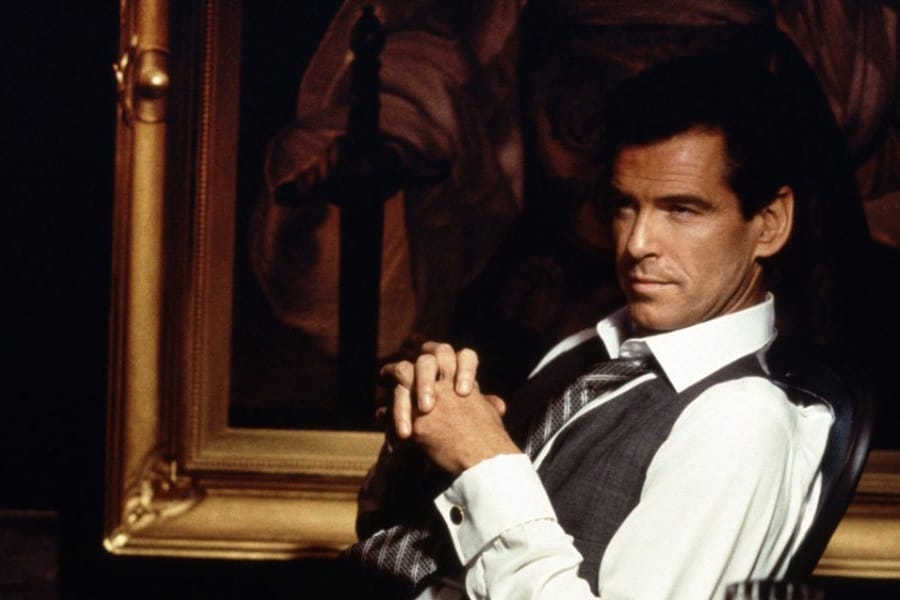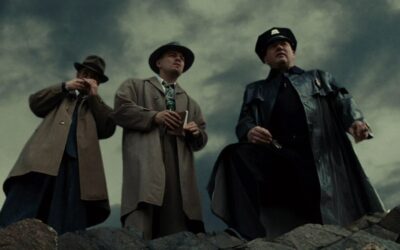
The Art of Crime
Art and antiques in crime fiction are not just objects of desire; they serve as the lifeblood of intrigue, suspense, and mystery. Their appearance in this genre is as intricate as the brush strokes on a Renaissance painting or the patina on a centuries-old vase. They serve as potent catalysts for plots, triggering a domino effect of events that propel narratives to captivating heights. It is fascinating to explore the role these precious artifacts play in crime stories, enhancing their allure and adding dimensions to characters, plots, and settings.
Art and antiques in crime fiction are often more than just objects. They are an intriguing blend of history, culture, and craftsmanship, representing centuries of human creativity. When inserted into crime narratives, they can weave a tapestry of suspense and tension, contributing to an atmosphere of fascination and danger. Their role in these narratives might be likened to the spices in a gourmet dish; they add flavor and complexity, making the story more engaging and stimulating.
These priceless treasures do not merely serve as fodder for heists, although their high value and often-intricate histories can certainly lend themselves to thrilling thefts. They are also employed as clues, secrets, and symbols. Their significance may be woven into the very fabric of the plot, their histories interlaced with that of the characters, providing a deep well of mystery for detectives to delve into. The journey to unravel these intertwined threads can be as thrilling as the climax of the story itself.
In some instances, the artwork or antique object can even play a pivotal role in the plot, serving as the key to unlocking a perplexing mystery. It’s not just about stealing the art—it’s also about understanding it, interpreting it, and finding its connection to the crime. This provides an added layer of intellectual engagement, appealing to the readers’ or viewers’ sense of curiosity and their desire to solve the puzzle alongside the characters.
An excellent illustration of art’s multifaceted role in crime fiction is found in Donna Tartt’s Pulitzer Prize-winning novel, “The Goldfinch.” The narrative revolves around a priceless painting that becomes an inextricable part of the protagonist’s life after he steals it during a terrorist attack at an art museum. This masterpiece, later adapted into a film, delves into themes of grief, obsession, and the transformative power of art, showing that priceless artifacts in crime fiction are often much more than just baubles to be stolen or commodities to be traded.
Turning the spotlight onto the glitz and glamour of antiques, “The Thomas Crown Affair,” both in its 1968 and 1999 iterations, is a perfect cinematic specimen. The story explores a suave, billionaire playboy who amuses himself by stealing priceless works of art. The remake brought a twist with an insurance investigator as his foil, leading to a tantalizing game of cat and mouse. The stolen Monet in this film is not merely a target of theft but a symbol of Thomas Crown’s desire for thrill and adventure.
Crime novelist Elizabeth Peters, meanwhile, takes readers on thrilling escapades with her protagonist, Amelia Peabody, a Victorian-era archaeologist. The mysteries unfold against the backdrop of Egypt’s ancient tombs and antiquities. Adapted into a successful TV series, “The Amelia Peabody Series” uses archaeological artifacts as more than just window dressing. They become crucial to the plot, providing an atmospheric setting, serving as clues, and even acting as instruments of murder.
These are just a few examples of the multifaceted role that art and antiques play in crime fiction. They are not merely high-value targets for thieves and black market dealers. They also serve as vital plot devices, imbuing stories with layers of intrigue, revealing the depths of characters’ passions, and adding rich historical and cultural context. When art and antiques are woven into the fabric of a crime story, they elevate the narrative, offering an intellectual challenge and a captivating mystery all at once.
So, while the next art exhibition might not spark a high-profile theft or set off a chain of mysterious events, in the world of crime fiction, it could set the stage for the next big mystery. After all, every artwork and antique has a story, and it just might be up to a daring detective—or an adventurous archaeologist—to unravel it. Whether in the pages of a gripping novel or on the big screen, art and antiques in crime fiction are the keys to unlocking riveting tales of suspense, mystery, and intrigue.
More Crime Features
Literary Crime
Where Depth Meets Deceit
Criminal Fashion
Iconic Outfits and Styles in Crime Fiction
Ethics in Crime Fiction
Exploring Morality in Law and Order



